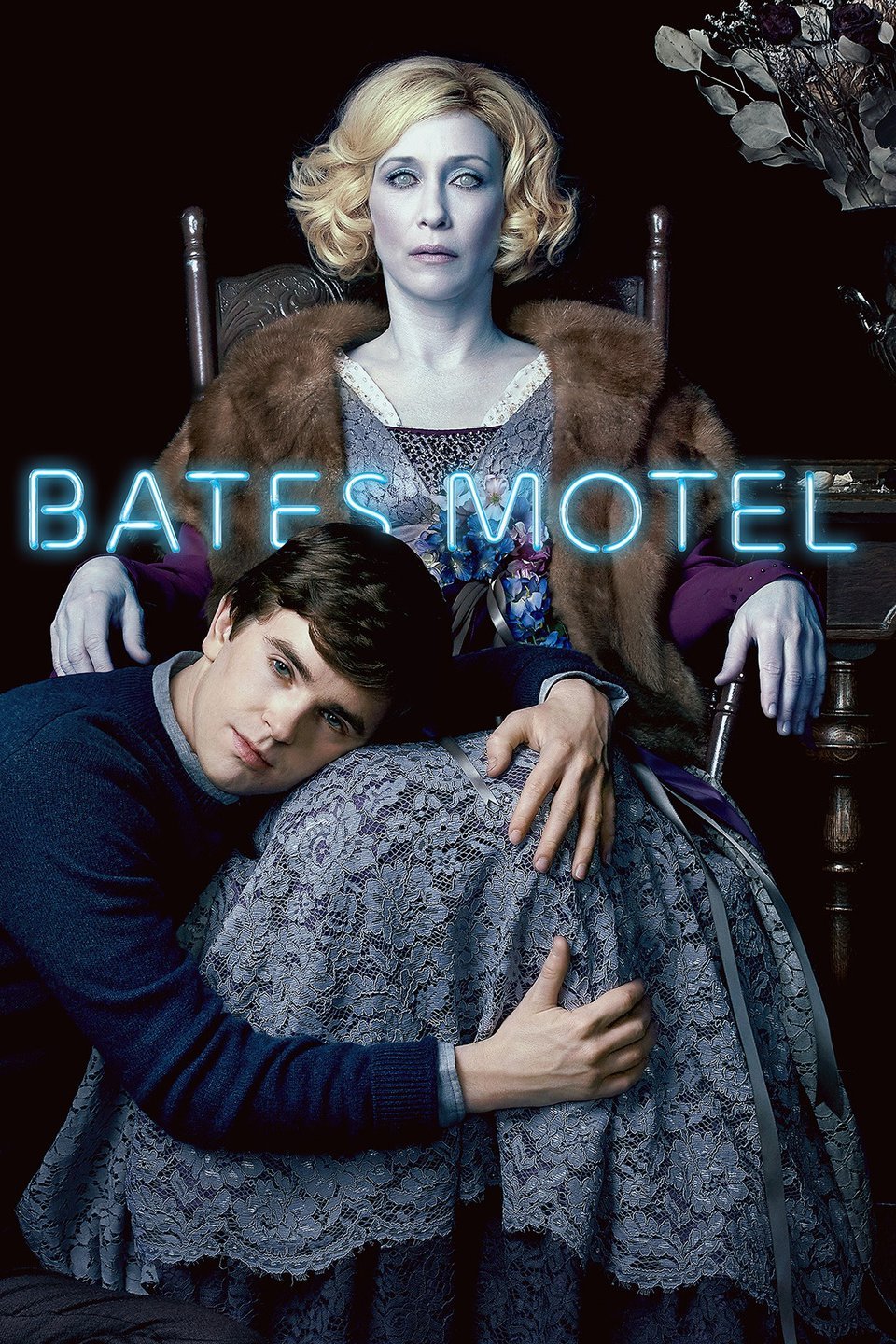Feature length films and television series are both different outlets that a filmmaker is able to use to express their stories. The lengths of both formats have their own strengths and weaknesses for a filmmaker to be aware of. I have done some investigating in order to compare both formats in order to determine which to consider writing for.
 Writing a story as a feature length film allows for simpler and shorter stories to be told in a more formal and grandiose format. Feature length typically describes films that are anywhere between eighty and one-hundred and eighty minutes long. Typically films are on the shorter end of that spectrum, however, there are definitely exceptions to this such as Avengers: Endgame with it's three hour and two minute (one-hundred and eighty-two minute) run-time. Having your story take place within one set run-time allows you to present your audience with your complete vision all in one sitting. Alfred Hitchcock's Psycho and its television retelling Bates Motel are examples of how a shorter length can efficiently tell a complete story. Over Psycho's one hour and forty-nine minute run-time, the audience is exposed to Norman Bates, his story, and the events that take place at the Bates Motel. The series Bates Motel on the other-hand expands upon these concepts over the course of five seasons. This isn't inherently a bad thing considering that Bates Motel is a magnificently excellent series from beginning to end, but some viewers might prefer experiencing this story in the short time it takes to watch the original movie. This is an example of how a film can efficiently tell a story in a shorter and simpler amount of time. (Link To Image)
Writing a story as a feature length film allows for simpler and shorter stories to be told in a more formal and grandiose format. Feature length typically describes films that are anywhere between eighty and one-hundred and eighty minutes long. Typically films are on the shorter end of that spectrum, however, there are definitely exceptions to this such as Avengers: Endgame with it's three hour and two minute (one-hundred and eighty-two minute) run-time. Having your story take place within one set run-time allows you to present your audience with your complete vision all in one sitting. Alfred Hitchcock's Psycho and its television retelling Bates Motel are examples of how a shorter length can efficiently tell a complete story. Over Psycho's one hour and forty-nine minute run-time, the audience is exposed to Norman Bates, his story, and the events that take place at the Bates Motel. The series Bates Motel on the other-hand expands upon these concepts over the course of five seasons. This isn't inherently a bad thing considering that Bates Motel is a magnificently excellent series from beginning to end, but some viewers might prefer experiencing this story in the short time it takes to watch the original movie. This is an example of how a film can efficiently tell a story in a shorter and simpler amount of time. (Link To Image)
Series
Writing a story as a television or streaming series allows for longer and more detailed stories to be told. An episode of a series will usually be anywhere from thirty to sixty minutes long. While at first this limited amount of time may seem like a hindrance, splitting your story into multiple episodes allows for more time overall to go into detail and tell your story. An example that I have observed of shorter episodes benefiting storytelling can be seen in the differences between the fourth season of the anime series Jojo's Bizarre Adventure and its film adaptation Jojo's Bizarre Adventure: Diamond Is Unbreakable Chapter I. The original series tells it's complete story of Josuke and his companions as they track down a mysterious serial killer in their small town over the course of thirty-nine episodes. Each episode tells exactly what the author Hirohiko Araki wanted to portray. The film adaptation however, falls short in many ways from portraying his vision. With the film being forced into being feature length, it only has so much time to tell the story that is trying to be told. With a run-time of one-hundred and nineteen minutes, this first chapter only manages to tell the story up until the fifth episode of the anime while also leaving out certain details and plot points which were present in those original five episodes. This is an example of how a series' ability to have multiple episodes can benefit the story in the long-run. (Link To Image)
Feature Length
 Writing a story as a feature length film allows for simpler and shorter stories to be told in a more formal and grandiose format. Feature length typically describes films that are anywhere between eighty and one-hundred and eighty minutes long. Typically films are on the shorter end of that spectrum, however, there are definitely exceptions to this such as Avengers: Endgame with it's three hour and two minute (one-hundred and eighty-two minute) run-time. Having your story take place within one set run-time allows you to present your audience with your complete vision all in one sitting. Alfred Hitchcock's Psycho and its television retelling Bates Motel are examples of how a shorter length can efficiently tell a complete story. Over Psycho's one hour and forty-nine minute run-time, the audience is exposed to Norman Bates, his story, and the events that take place at the Bates Motel. The series Bates Motel on the other-hand expands upon these concepts over the course of five seasons. This isn't inherently a bad thing considering that Bates Motel is a magnificently excellent series from beginning to end, but some viewers might prefer experiencing this story in the short time it takes to watch the original movie. This is an example of how a film can efficiently tell a story in a shorter and simpler amount of time. (Link To Image)
Writing a story as a feature length film allows for simpler and shorter stories to be told in a more formal and grandiose format. Feature length typically describes films that are anywhere between eighty and one-hundred and eighty minutes long. Typically films are on the shorter end of that spectrum, however, there are definitely exceptions to this such as Avengers: Endgame with it's three hour and two minute (one-hundred and eighty-two minute) run-time. Having your story take place within one set run-time allows you to present your audience with your complete vision all in one sitting. Alfred Hitchcock's Psycho and its television retelling Bates Motel are examples of how a shorter length can efficiently tell a complete story. Over Psycho's one hour and forty-nine minute run-time, the audience is exposed to Norman Bates, his story, and the events that take place at the Bates Motel. The series Bates Motel on the other-hand expands upon these concepts over the course of five seasons. This isn't inherently a bad thing considering that Bates Motel is a magnificently excellent series from beginning to end, but some viewers might prefer experiencing this story in the short time it takes to watch the original movie. This is an example of how a film can efficiently tell a story in a shorter and simpler amount of time. (Link To Image)
Comments
Post a Comment